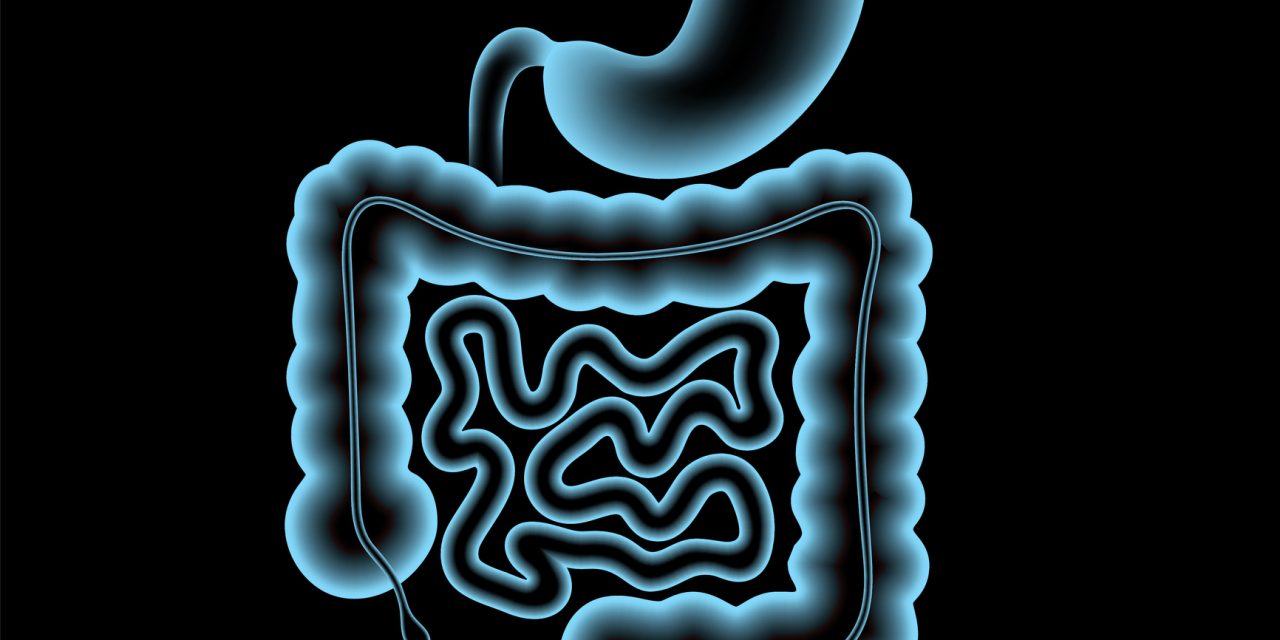No ideal and generally accepted method of reconstruction for laparoscopic proximal gastrectomy (LPG) has been established because of a high incidence of postoperative reflux and anastomotic stenosis. The aim of this study was to evaluate the short-term outcomes of LPG with a non-flap hand-sewn technique as a simple anti-reflux procedure for the upper part of clinical Stage I gastric cancer.
Between November 2016 and June 2019, 23 consecutive gastric cancer patients, who underwent curative LPG with lymphadenectomy, were enrolled in the study. In this study, we devised a simple hand-sewn technique for esophagogastrostomy, which comprises a 5-cm pseudo-fornix as a fundoplication, the posterior pressure mechanism by the remnant stomach and bilateral crus, and a flat-shaped anastomotic hole as a valvuloplasty.
The median operation time and hospital stay was 325 min and 10 days, respectively. There was no patient with anastomotic leakage and delayed gastric empting. No patient had symptoms of gastroesophageal reflux, but two patients (8.6% (2/23): Grade M and Grade A) had endoscopic findings during a follow-up period of more than 6 months. There was no patient with Grade B or more severe reflux esophagitis. One patient (4.3%, 1/23) developed anastomotic stenosis, which was resolved with endoscopic dilatation. The mean body weight loss at 6 months after surgery was 7.5% in comparison with the preoperative body weight.
Our non-flap hand-sewn technique for esophagogastrostomy had favorable outcomes and might be one of reliable techniques as an anti-reflux procedure in LPG for gastric cancer.
Non-flap hand-sewn esophagogastrostomy as a simple anti-reflux procedure in laparoscopic proximal gastrectomy for gastric cancer.


